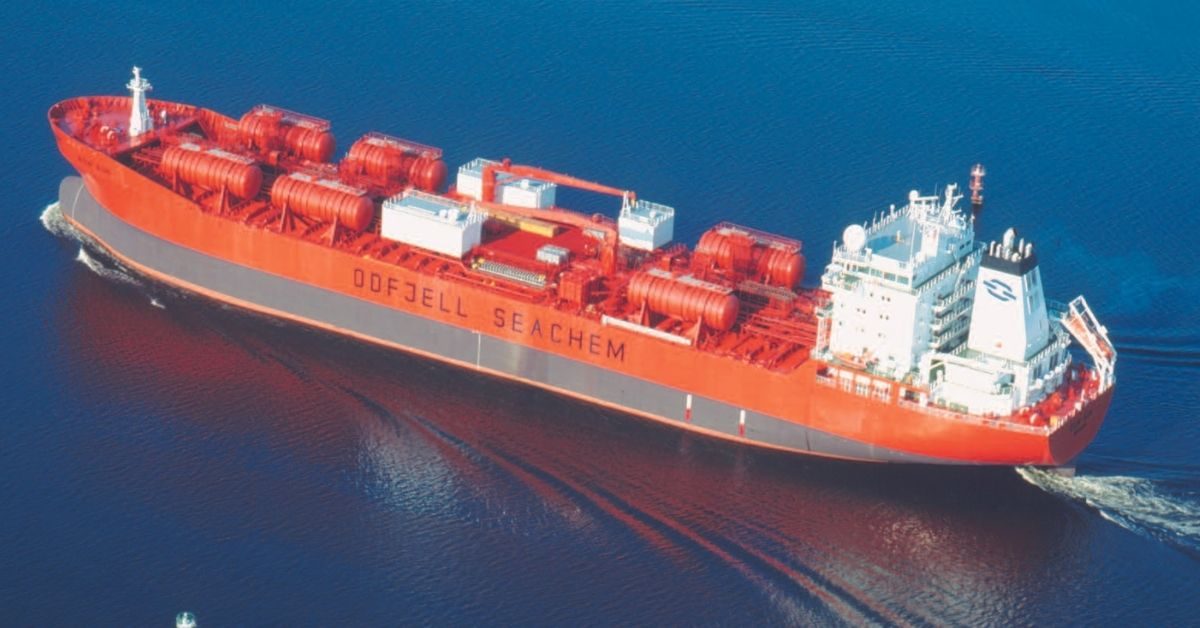The tragic incidents in Tianjin (in 2015 — left 170 dead) and Beirut (in 2020 — left 200 dead) have marked a decade of increased concern over the safety of dangerous goods stored in ports, terminals and other warehousing facilities. Four international industry groups have collaborated to address this issue and produce best practice guidelines in the form of a whitepaper and warehouse checklist.
Back home at Visakhapatnam, in May 2020, about 5,000 tonnes of styrene gas leakage in a plant left 11 people and many animals dead from the exposure, and hundreds of people were admitted to the hospital with burning sensations, especially in their eyes. This happened when officials were trying to restart the plant after it was shut for over a month due to Covid-19 lockdown.
Guidance for storage
These incidents show what can happen if procedures for dealing with such eventualities are either not developed, not followed or staff have insufficient training. The International Cargo Handling Coordination Association, International Vessel Owners Dangerous Goods Association (IVODGA), National Cargo Bureau and the World Shipping Council have responded to this critical requirement by developing a dangerous goods warehousing whitepaper titled ‘Storage and Handling of Dangerous Goods’, in preparation for or after sea-transport.
The whitepaper offers practical guidance for systematic and documentable processes and advice to those responsible for the storage and consolidation of dangerous goods to ensure that such storage is not only safe, but they are containable if an incident arises. The checklist supports these considerations and measures.
Uffe V Ernst-Frederiksen and Ken Rohlmann of IVODGA says that the temporary or long-term storage of dangerous goods in a facility, necessitates careful planning, supervision and continued due diligence. While the major disasters in Beirut and Tianjin have been widely reported, there are many other incidents globally that do not garner the same attention, but which have the potential to escalate. There are existing international, national and local regulations for dangerous goods in transit for various modes of transport, but there is no direct equivalent for warehouses.
The whitepaper covers topics like competency and training of workforces; property construction; fire protection; security equipment and protocols and emergency response procedures. It is a practical guide to systematic and documentable processes for those managing and operating storage facilities to ensure on-going safety.
Widely recognised
The whitepaper has been endorsed by industry stakeholders like Baltic and International Maritime Council and Container Owners Association and has been shared with International Maritime Organization to include it and the checklist in various instruments, codes and circulars published by the IMO.
B Govindarajan, Chief Operating Officer, Tirwin Management Services (P) Ltd and an expert in handling hazardous cargo said that unlike the storage of dangerous goods in air cargo terminals, the storage in seaports pose significant risk. This is due to factors like vast areas of operation; high volume kept for long duration and climatic conditions closer to the sea. It is good that the whitepaper suggests procedures to be followed in storing of dangerous goods in seaports, he said.
A major concern in India is the storage of dangerous goods in container freight stations and inland container depots since they skip the surveillance and control of maritime regulatory authorities in implementation of safety standards. This was evident when large quantities of ammonium nitrate were found in one of the CFS near Chennai, he added.
Source : The Hindu Businessline







